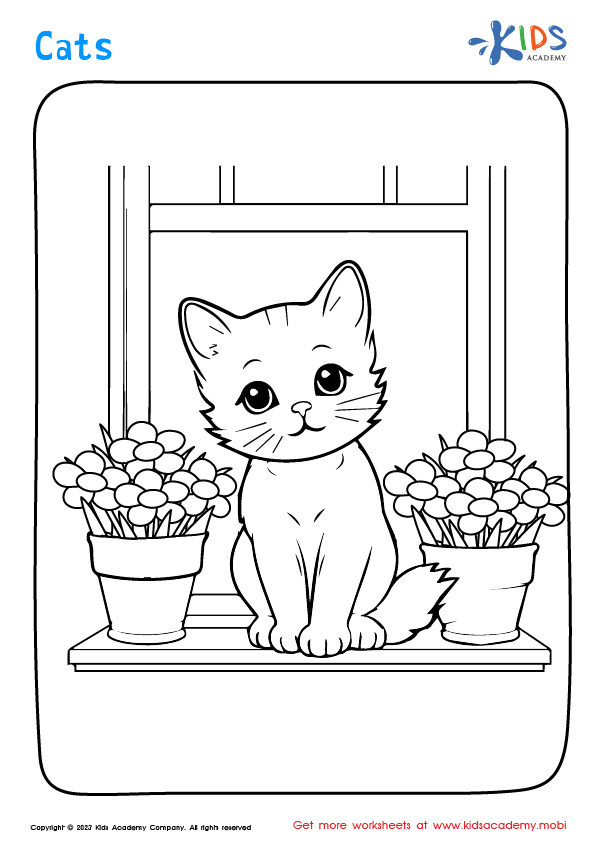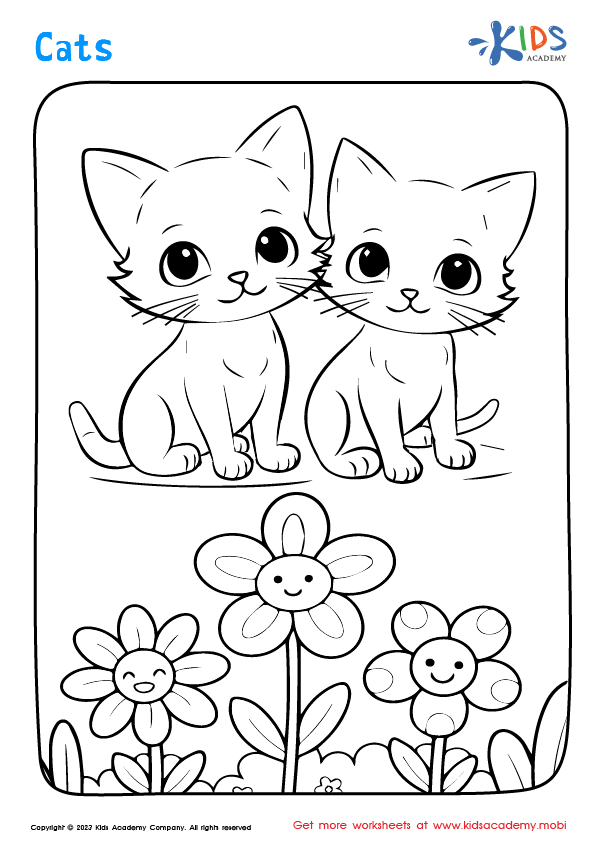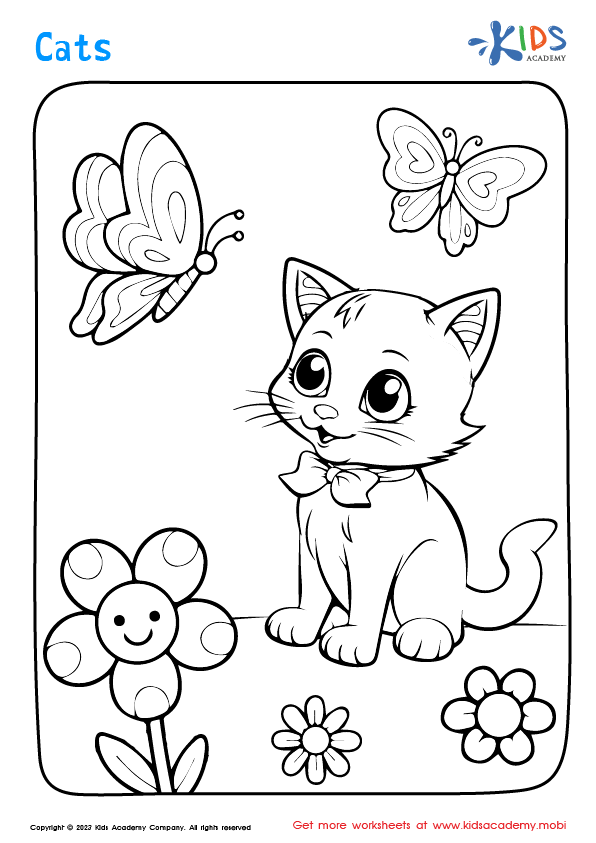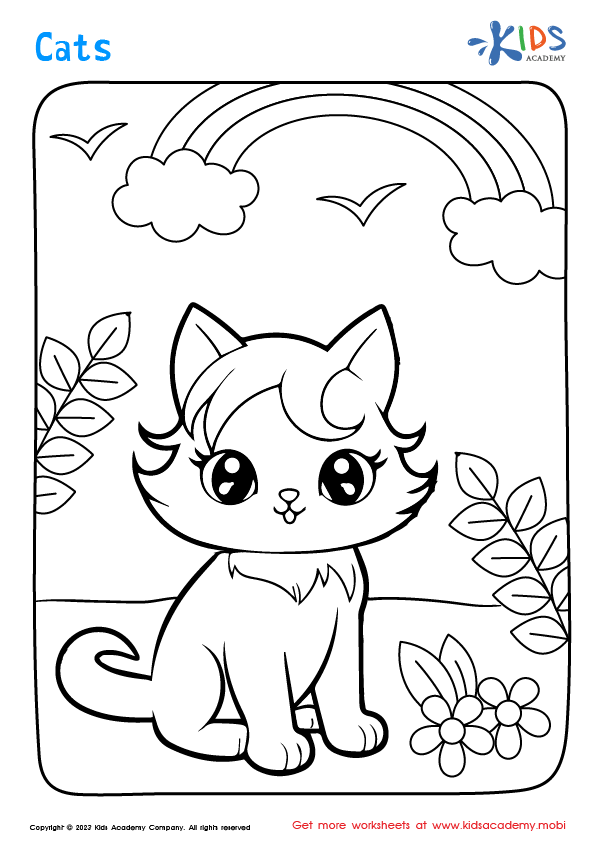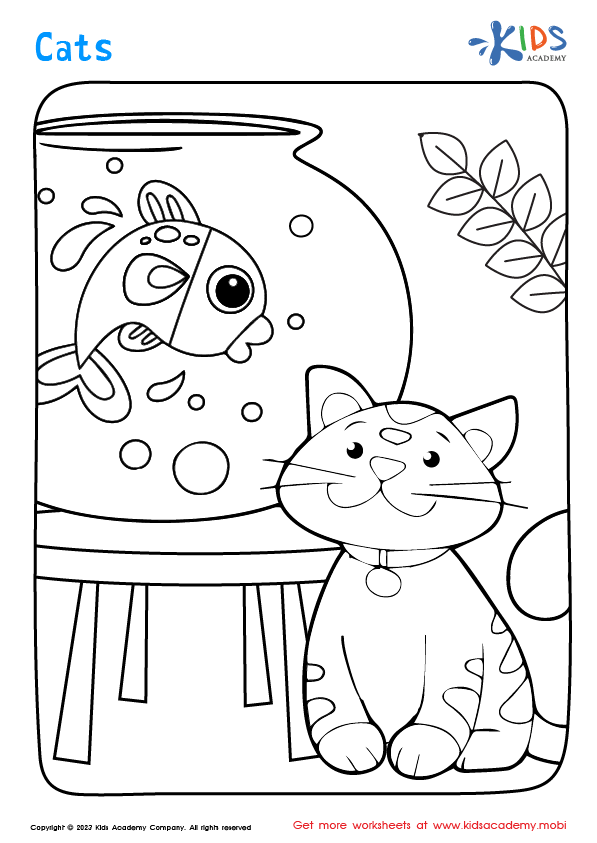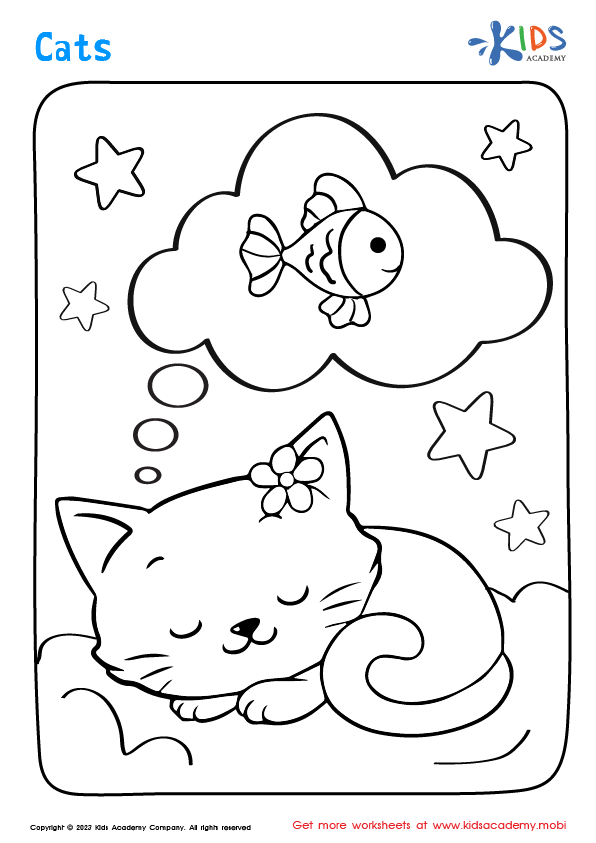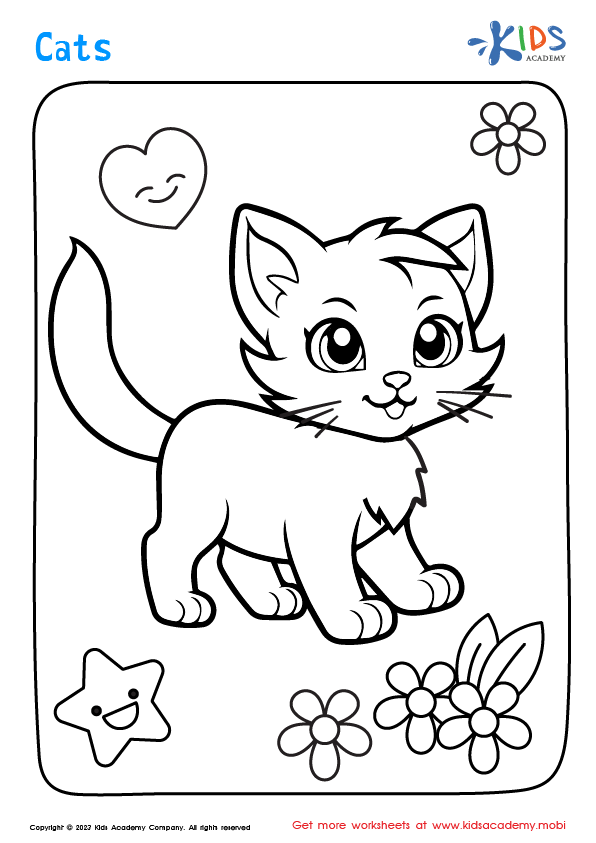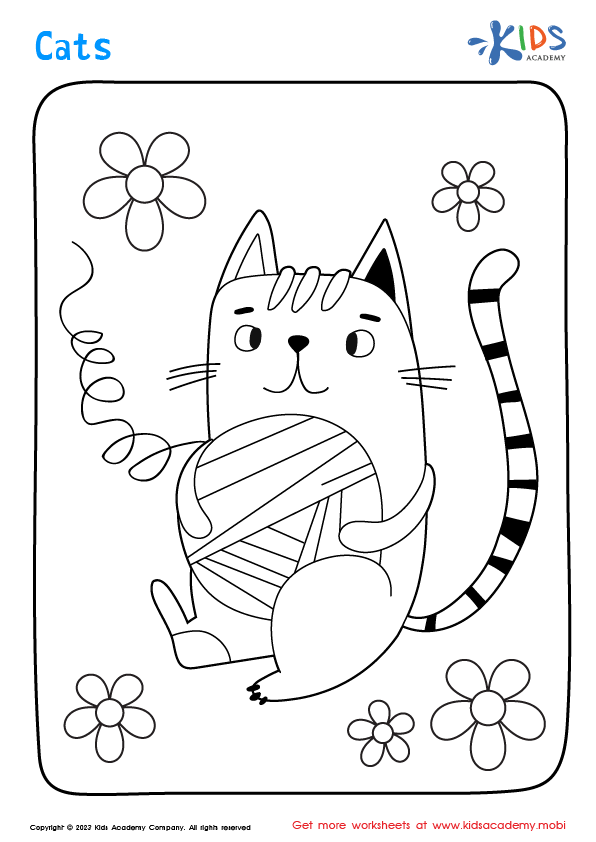Cats Worksheets for Ages 7-9
8 filtered results
-
From - To
Discover our fun and educational Cats Worksheets for Ages 7-9! These engaging printable activities are designed to enhance your child's creativity, reading, math and critical thinking skills while exploring the fascinating world of cats. With a variety of activities, from coloring pages to puzzles and writing prompts, our worksheets cater to different learning styles and interests. Perfect for classrooms or at-home learning, these cat-themed printables offer an enjoyable way for kids to learn and practice new skills. Download and print our Cats Worksheets today to inspire a love of learning in your 7-9-year-old!
Cats can play a significant role in the development and well-being of children aged 7-9. Understanding this can help parents and teachers enrich a child's life and education.
First and foremost, interacting with cats can teach responsibility. Caring for a pet involves feeding, grooming, and ensuring the animal's well-being, lessons that are valuable at a formative age.
Cats can also be soothing companions, helping children manage stress and anxiety. The act of petting a cat can reduce cortisol levels, promoting a sense of calm. This can be particularly beneficial for children navigating the challenges of schoolwork and social growth.
Furthermore, observing a cat’s behavior creates genuine opportunities for learning about biology and animal behavior. Reading books about cat breeds, anatomy, or simple feline facts integrates both literacy and science into an area the child finds personally interesting.
Social skills can also be honed through pet ownership or interaction with animals. Cats, unlike some pets, can sometimes be aloof, teaching children patience and empathy as they learn to read non-verbal signals and respect boundaries.
Incorporating lessons about cats in the classroom or supporting pet-based interactions at home benefits a child's emotional and cognitive growth. Thus, fostering a love and understanding of cats isn't just about liking animals—it's an investment in their holistic development.

